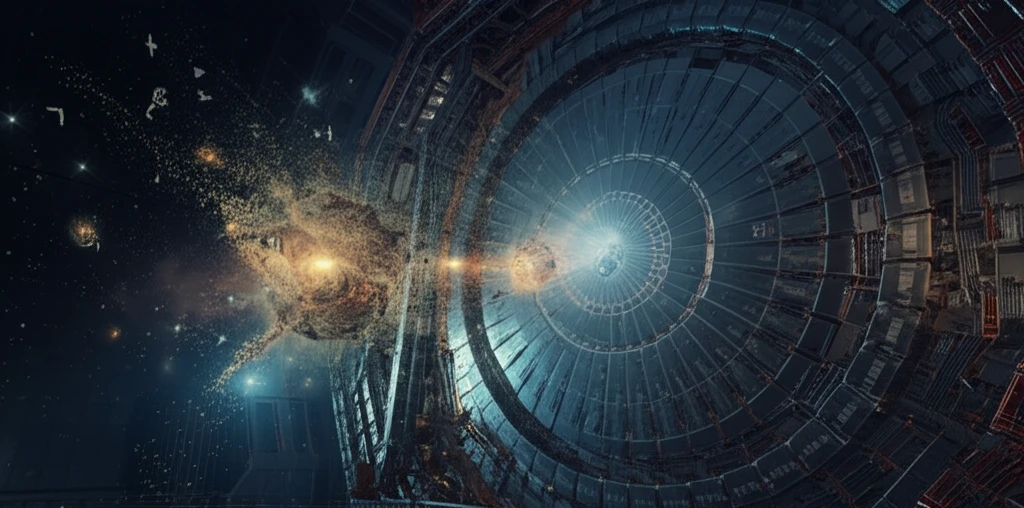
The Invisible Partner: Unmasking the Higgsino and its Role in Supersymmetry
"Delve into the groundbreaking research exploring the potential of higgsinos in supersymmetric models and understand how it could rewrite our understanding of the universe."
In the realm of particle physics, supersymmetry (SUSY) emerges as a compelling theoretical framework, proposing that every known particle in the Standard Model (SM) has a corresponding supersymmetric partner. This concept aims to address some of the SM's unresolved puzzles, offering a more complete picture of the universe's fundamental constituents and forces.
Among these hypothetical SUSY particles, the higgsino—a superpartner of the Higgs boson—holds a particularly intriguing position. Unlike their heavier counterparts, higgsinos are theorized to be relatively light, making them potentially the first SUSY particles detectable by current experimental capabilities. The existence of such particles could have a huge impact on explaining the stability of the Higgs boson mass and shedding light on the composition of dark matter.
The following analysis delves into a groundbreaking search conducted by the ATLAS Collaboration, focusing on the pair production of higgsinos in proton-proton collisions at the Large Hadron Collider (LHC). These collisions produce final states with at least three b-tagged jets, this experiment pushes the boundaries of our understanding of particle interactions.
Unraveling the Mystery: The Higgsino Search

The exploration for higgsinos is embedded in the broader context of supersymmetric models, where higgsinos intricately blend with gauginos, the super partners of electroweak gauge bosons. This mixing gives rise to mass eigenstates known as charginos (±) and neutralinos (0). In what’s described as ‘natural’ SUSY models, the lightest neutralinos and charginos exhibit a composition largely dominated by higgsinos. This leads to a scenario where the masses of the four lightest particles converge closely, creating an exciting target for experimental searches.
- Higgsino Decay: Each higgsino decays to a Higgs boson and a gravitino.
- Mass Range: Higgsinos with masses between 130 and 230 GeV and between 290 and 880 GeV are excluded at the 95% confidence level.
- LHC Data: Analyzes LHC pp collision data at √s = 13 TeV, using integrated luminosities of 36.1 fb⁻¹ and 24.3 fb⁻¹ collected in 2015 and 2016.
- No Excess: No significant excess is found above the predicted background, leading to limits on higgsino pair production.
Implications and Future Directions
The ATLAS Collaboration's results set stringent constraints on the existence of higgsinos within the explored mass ranges, providing key insights for refining supersymmetric models and guiding future searches. Although no definitive signal was observed, the techniques and methodologies refined in this study pave the way for more sensitive explorations of the SUSY landscape at the LHC and future colliders.
